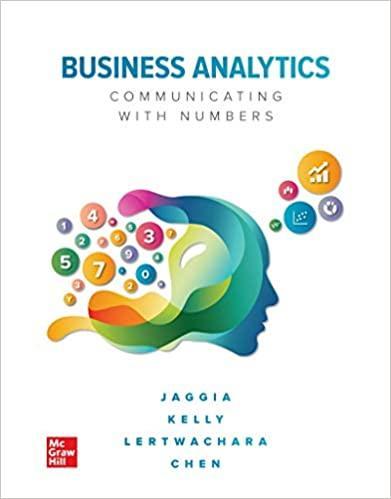Monstermash, an online game app development company, wants to be able to predict which gamers are likely
Question:
Monstermash, an online game app development company, wants to be able to predict which gamers are likely to make in-app purchases. Ranon Weatherby, the company’s data analyst, has compiled a data set about customers that contains the following variables: customer age (Age), sex (1 if male, 0 otherwise), household income (Income in $1,000s), the number of years playing online games (Years), the number of hours playing online games per week (Hours), whether the customer has a credit card (CreditCard), whether the customer has a Facebook profile (Facebook), and whether the customer has made in-app purchases before (Buy). A portion of the In_App_Pur_Data worksheet is shown in the accompanying table. Create a classification tree model for predicting whether the customer will make in-app purchases (Buy). Select the best-pruned tree for scoring and display the full-grown, best-pruned, and minimum error trees.

a. How many leaf nodes are in the best-pruned tree and minimum error tree? What are the predictor variable and split value for the root node of the best-pruned tree?
b. Describe the rules produced by the best-pruned tree.
c. What are the accuracy rate, sensitivity, specificity, and precision of the best-pruned tree on the test data?
d. Display the cumulative lift chart, the decile-wise lift chart, and the ROC curve, does the classification model outperform the baseline model? What is the area under the ROC curve (or AUC value)?
e. Score the two new customers in the In_App_Pur_Score worksheet using the best-pruned tree. Will the first new customer make in-app purchases according to your model? What about the second new customer? What are the probabilities of the two new customers to make in-app purchases?
Step by Step Answer:

Business Analytics Communicating With Numbers
ISBN: 9781260785005
1st Edition
Authors: Sanjiv Jaggia, Alison Kelly, Kevin Lertwachara, Leida Chen





